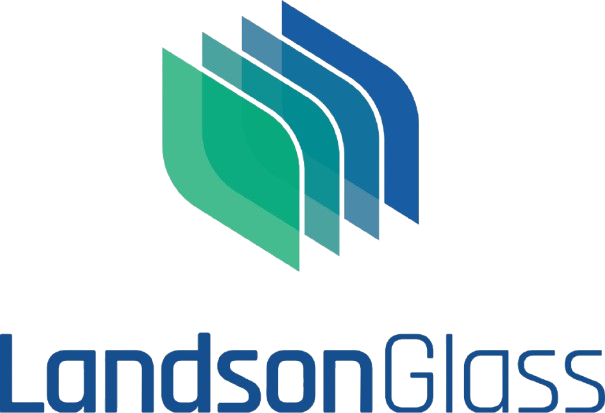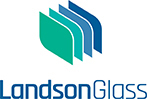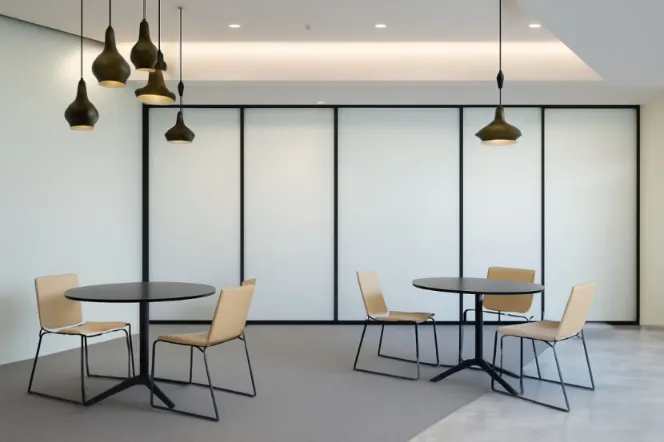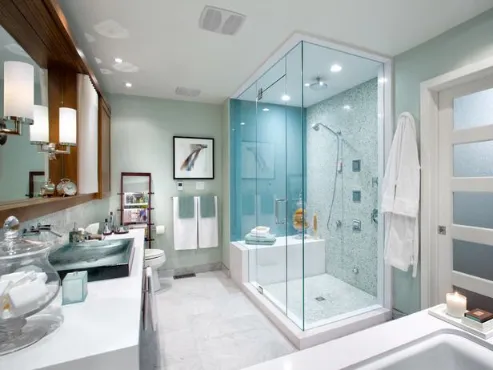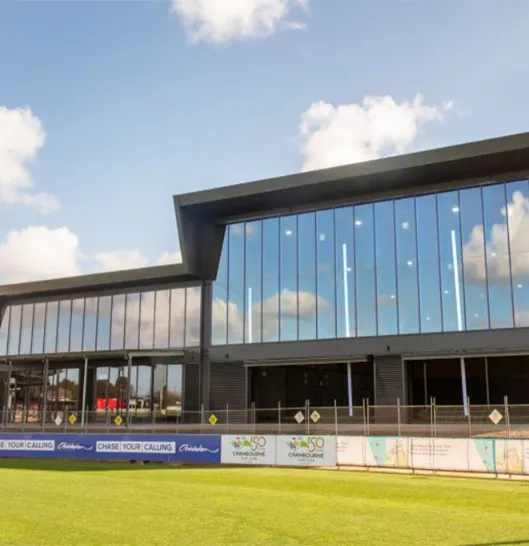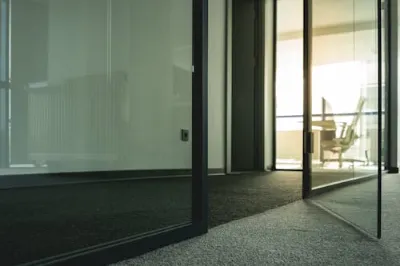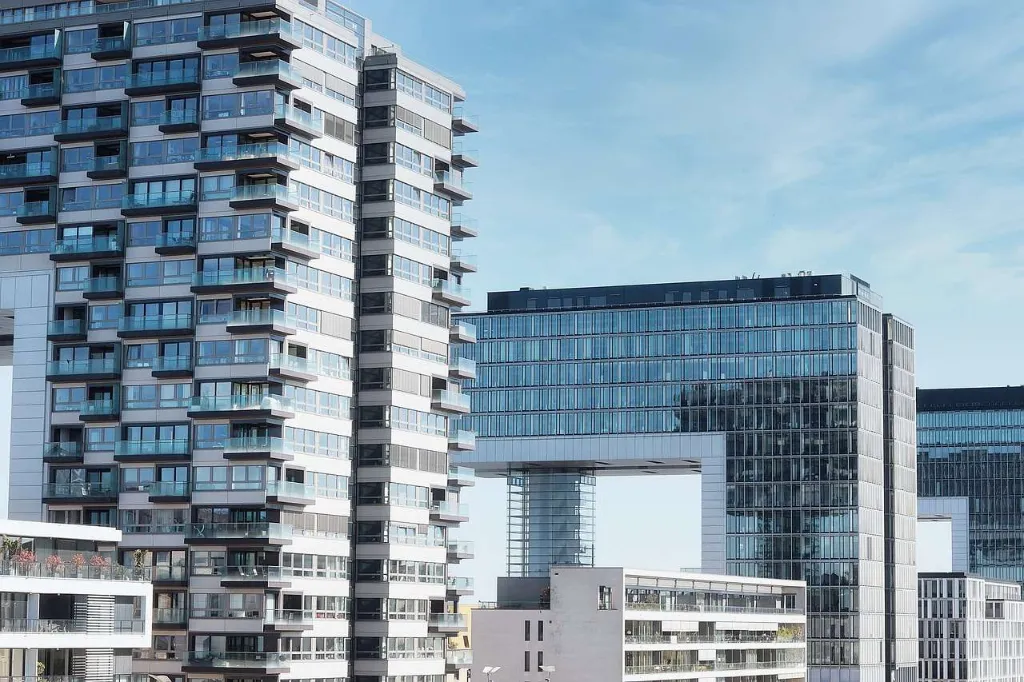
Introduction
When folks chat about green building plans these days, glass often sits right in the middle of the talk. Builders and owners ask for tough, safe, and power saving stuff. At the same time, designers push for wide open spots full of light. This mix is tough to get right. One item that has slowly shown its worth is tempered laminated glass. It mixes strength, safety, and good effects on nature, all while letting creators make big fronts and inside parts.
From new homes in Sydney to tall business places in Europe, this kind of glass is turning into a normal pick. Groups like Landson Glass have sent out items to spots in Australia, New Zealand, and Europe since 2002. This shows how better glass goods play a true part in earth friendly building.
What Is Tempered Laminated Glass?
Tempered laminated glass joins two steps: tempering, which makes the glass strong by careful heating and quick cooling, and lamination, which sticks many layers with middle parts like PVB or SGP.
The end result is glass that:
Holds up against hard hits without breaking into bad bits
Keeps together even if it cracks, because of the stuck middle layer
Works well for keeping heat in, cutting noise, and lasting long
Landson Glass makes laminated goods with new sticking lines. They offer choices like PVB for sound control, SG® for strong needs, and even pretty middle layers like rice paper. For tempered items, ceramic fritted finishes get stuck on for good to handle rough weather.
Energy Efficiency and Thermal Performance
Improved Insulation and Reduced Energy Loss
Glass has always been a soft spot for heat moving. Old single sheets let too much heat in during hot times and let warmth slip out in cold times. Tempered laminated glass, mostly with low E coats and colored choices, helps cut this power loss a lot.
Based on job info, stuck panels with many layer middles and coats can get to thicknesses up to 33.04 mm. They give better keep heat scores. So, that means less need for cool air machines and heaters. And this straight away drops a building’s mark on the air.
Contribution to Passive Solar Design
Lots of builders in Australia and New Zealand pick colored stuck glass to handle sun warmth. They choose bronze, green, or grey middles. This lets in real daylight but cuts bright shine and extra heat. It fits with easy sun plans, where places get built to go along with the sun rather than fight it.
Lower HVAC Loads in Real Projects
Look at big business towers in Melbourne. By picking double or triple stuck units with low E coats, workers shrink cooling setup sizes. Smaller HVAC brings not just less power use, but also cheaper build costs.
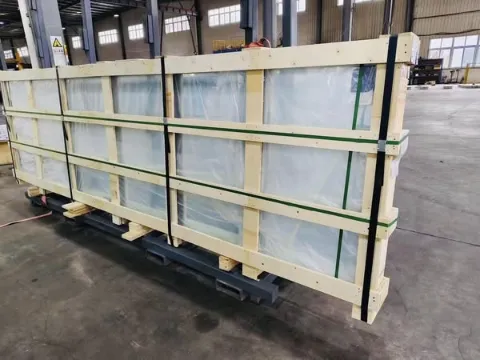
Safety and Longevity in Sustainable Structures
Enhanced Strength and Impact Resistance
Tempered laminated glass is tougher than normal annealed glass. The tempering step lets it handle heat changes up to 250°C. At the same time, the sticking stops bad breaking.
Extended Service Life
Being tough is being green. A glass wall that hangs on for 30 years instead of 10 cuts swap times, stuff waste, and built in air marks. Stuck goods from Landson Glass get known for steady sizes, easy cuts, and no flaws. This gives them longer work life.
Safety Benefits Supporting Building Codes
In shaky ground spots like New Zealand, tempered laminated glass gets liked for its way to stay stuck when cracked. It skips dropping sharp bits. That is why it hits Australian, New Zealand, and European safety rules. So, it turns into a sure pick for rule following green places.
Acoustic Comfort and Indoor Quality
Noise Reduction for Urban Environments
In full cities like Auckland or Sydney, car sounds are an every day bother. Stuck middle layers, mostly sound PVB, help slice sound coming through. This makes quieter insides. Green plans aren’t just about power, they’re about spots where folks can do jobs, rest, and feel better.
Contribution to Healthier, More Comfortable Spaces
Tests show that lower noise helps focus in work spots and sleep in homes. By putting tempered laminated glass in fronts, top lights, or walls, owners straight away boost how folks feel inside.
Environmental Impact and Resource Efficiency
Reduction of Carbon Footprint in Building Operations
Power saving glass drops yearly power use. For instance, business places with stuck fronts in Sydney say 10–15% saves on cool costs against single sheet fixes.
Recyclability and Material Efficiency
While stuck glass is trickier to reuse than plain float glass, new split ways mean more stuff gets saved. At the same time, picking many stuck choices stretches life, which puts off the reuse problem.
Supporting Green Building Certifications
By cutting power eat, boosting inside ease, and hitting safety rules, tempered laminated glass adds scores to setups like LEED and Green Star. This hands builders a clear green tag.
Design Flexibility and Aesthetic Sustainability
Adaptability for Façades, Skylights, and Interior Spaces
Builders often ask for open middle spots or full glass fronts. Stuck glass can get made in big sizes, up to 3210 x 5100 mm, which lets smooth looks without losing safety.
Balancing Transparency, Light Control, and Privacy
With pretty choices like rice paper stuck glass or ceramic fritted shapes, creators hit both look and job. These picks mean green plans don’t have to seem dull, they can show group ways, group marks, or just new nice looks.
Case Studies and Real World Applications
Residential Projects
In home groups across Australia, colored stuck glass gets used for decks and windows. This cuts sun heat add and noise, while handing home folks calm minds about safety.
Commercial Landmarks
Checking job past, glass from Landson shows up in tall places, work spots, and shop areas. These jobs prove how tough glass fixes back not just looks but also green aims.
Conclusion
Tempered laminated glass is no longer a special item, it has turned into a key part of green building. By cutting power use, boosting ease, and giving long strength, it meets the top asks of new building.
Groups like Landson Glass keep pushing edges with better sticking tech and sure send chains. For builders, makers, and workers aiming for more earth friendly, safer, and tougher places, tempered laminated glass is not just a choice, it’s a wise base for what’s ahead.
FAQ
Q1: What makes a tempered laminated glass different from regular laminated glass?
A: Laminated glass has two or more layers bonded with interlayers. When combined with tempering, the glass gains extra strength and heat resistance. This means tempered laminated glass is safer, tougher, and longer lasting.
Q2: Can tempered laminated glass really cut down energy bills?
A: Yes. By using tinted or low E coatings, it reduces solar heat gain and heat loss. This lowers the demand on air conditioners and heaters, especially in large office buildings.
Q3: Where is tempered laminated glass most commonly used?
A: It’s widely used in facades, skylights, glass floors, railings, and even decorative walls. In cities like Sydney and Auckland, it’s a standard choice for high rise apartments and commercial towers.
Q4: Is laminated glass only for safety, or does it also help with noise?
A: Laminated glass does both. Acoustic interlayers reduce outside noise, which is especially helpful in urban areas near traffic or airports.
Q5: How does tempered laminated glass support sustainable building certifications?
A: By improving energy efficiency, comfort, and safety, it contributes points toward systems like LEED, BREEAM, or Green Star. Many developers use it as part of their green building strategy.
